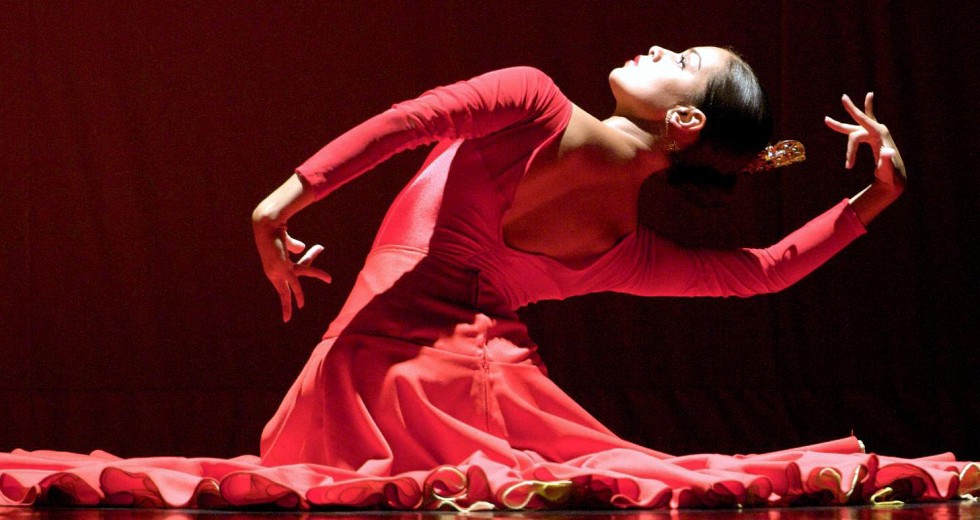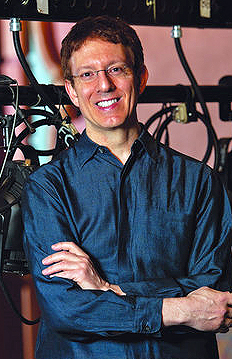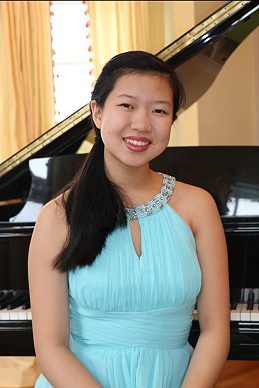
When leaders of the Chicago’s Ensemble Español Spanish Theater began planning a 40th anniversary season a few years ago, they decided to reach out to the Chicago Symphony Orchestra to see if it might be interested in collaborating. After all, the orchestra also happened to be marking an anniversary — the 125th, in its case — and the dance company had appeared with it three times previously, starting in 1984.
Sure enough, symphony officials loved the idea. So Ensemble Español and the orchestra put together “Spanish Rhythm and Dance,” a pair of CSO Family Matinee concerts at 11 a.m. and 12:45 p.m. April 30, to be led by guest conductor Scott Speck. (They follow two school concerts the day before featuring the same program.) The concert lasts 50 minutes, with no single selection (most are excerpts from longer pieces) running more than seven minutes, in deference to the attention spans of younger listeners.
“We decided to make the whole program about what makes Spanish music so special,” said Speck, who holds three conducting posts, including music director of the Joffrey Ballet and Mobile (Ala.) Symphony. “Why is it so beloved? Why is it, for example, that so many French composers have written about Spain and no Spanish composers write about France? Almost all the famous Spanish pieces we know are actually French, like Carmen, Boléro, Rapsodie espagnole and España by [Emmanuel] Chabrier.”
Answering his own questions, Speck pointed to three qualities that set apart Spanish music, starting with its vivid rhythmic quality, which engages the body. Second are its evocative orchestral sonorities. “One example is a piece we’re playing called Nights in the Gardens of Spain, where the composer, Manuel de Falla, has figured out a way to evoke fragrances of flowers in his music,” Speck said. “And so our senses are activated by those sounds.” Finally, Spanish music uses descendants of ancient African instruments, such as the northwest African rhaita, a double-reed ancestor of the oboe — imitated in this concert by the English horn — that touches what the conductor called a “universal spirit” among listeners.
“So with this music activating our senses, our bodies and our spirits, we can’t just listen impassively,” he said. “We have to participate. It makes us part of the music, and it pulls us in, and that’s why we sort of feel that this music is our music. I really think that’s why people are so moved and touched by the music of Spain.”
Sixteen dancers from the nationally recognized Ensemble Español, in residence at Northeastern Illinois University, will participate in the CSO Family Matinee concerts, performing two ensemble works. The first, choreographed by artistic director Irma Suarez Ruíz, is set to an excerpt from El Baile de Luis Alonso, a zarzuela or Spanish light opera by Gerónimo Giménez. The second, Ecos de España, created by the company’s founder, Libby Komaiko, draws on the art of Francisco de Goya and uses music from Nikolai Rimsky-Korsakov’s Capriccio espagnol. In addition, guest artist Paloma Gómez, a former principal dancer of the National Ballet of Spain, will perform a solo to a portion of Isaac Albeńiz’s Córdoba, and a group of dancers will present a toreador procession, along with a section from Georges Bizet’s famed opera, Carmen.
During these performances, attendees will have the opportunity to sample the three main styles of Spanish dance: classical, folkloric and the best known, flamenco. “Of course, Ensemble Español presents these art forms in the contemporary as well as traditional forms,” said executive director Jorge Pérez. “So we’re going to give them a really nice variety of programming.”
In addition, the program features sections of Manuel de Falla’s Three-Cornered Hat, and the first movement from Nights in the Gardens of Spain, with, as guest soloist, pianist Kimberly Han, 15, winner of the 2015 Crain-Maling Foundation Chicago Symphony Orchestra Young Auditions.
Along with the music, to help engage the audience, will be demonstrations, including one showing how to clap in the Spanish fashion, and a castanets competition between Gomez and percussionists from the orchestra. “In fact,” Speck said, “I think it’s an extraordinarily visceral experience because of the physical dancing that is going on and because there are many opportunities that we give the audience to actually participate.”
This will be the conductor’s second time leading a CSO Family Matinee program, something he especially enjoys because of the intense level of audience involvement triggered by some attendees experiencing an orchestral concert for the first time. “One thing that I keep in mind,” he said, “when programming a family concert is that there is an underlying theme that has almost nothing to do with the text of our script or the music we’re playing.
“The underlying theme is: ‘Wow, I’m in this huge, beautiful room. I’ve never seen anything like this before. And look at all these people wearing suits up on the stage, and they’re all carrying very strangely shaped pieces of metal and wood that make unbelievable sounds that I’ve never heard before, and this is all being created right before my eyes.’”
Kyle MacMillan, former classical music critic of the Denver Post, is a Chicago-based arts journalist.
TOP: A dancer from Ensemble Español Spanish Theater, which is participating in the CSO Family Matinee program “Spanish Rhythm and Dance” on April 30 at Symphony Center.

